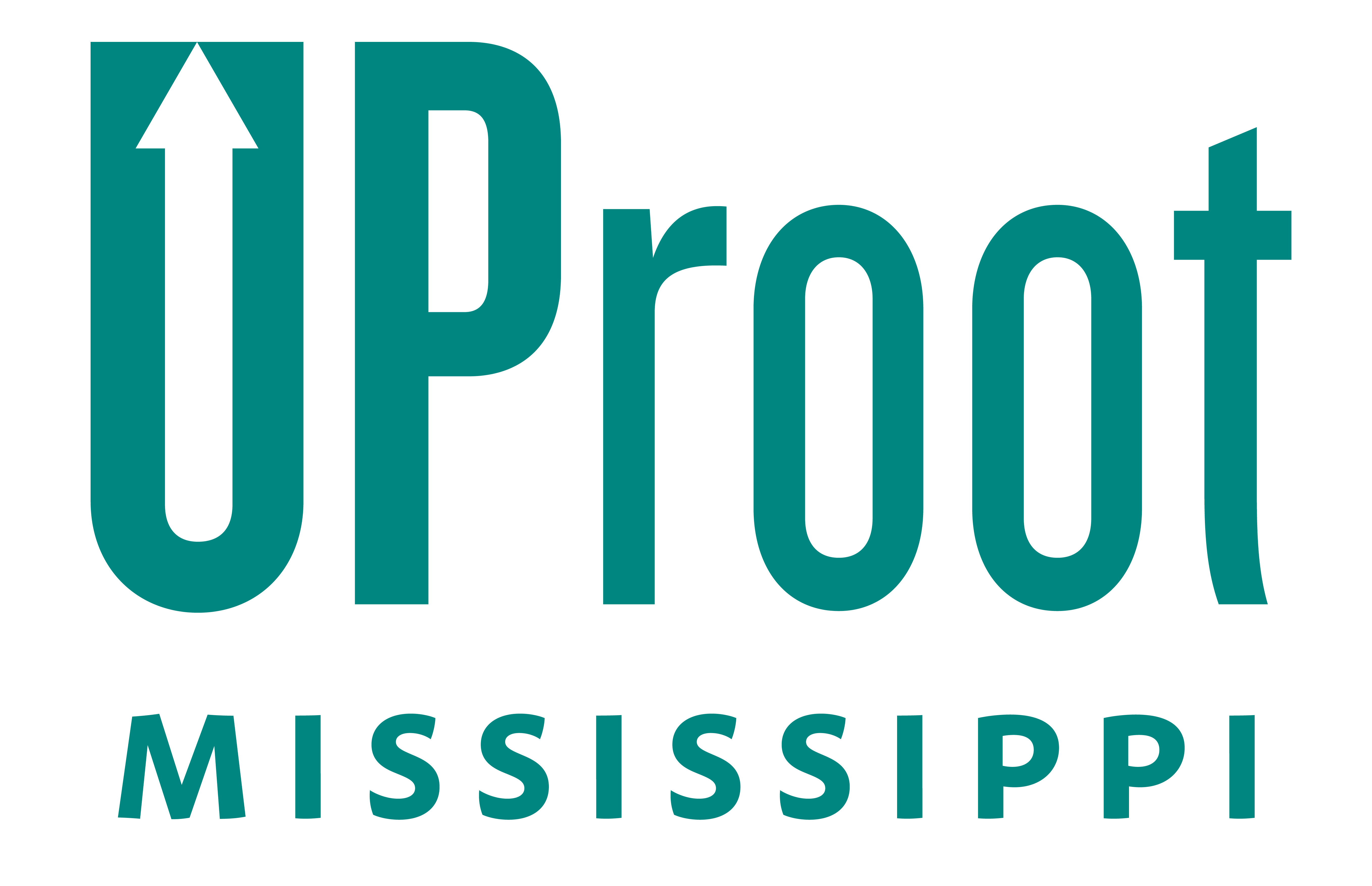Let’s work together to reverse our state’s growing obesity rates.
Mississippi is experiencing a public health crisis. In 1996, 19.8% of the adult population was obese. By 2019, the obesity prevalence in our population had increased to 40.8%. If the tide is not changed, the percent of obesity in our population will reach over 50% by 2024.
Obesity is a root cause of most chronic illnesses. Therefore, it is the role and obligation of public health to inform and educate Mississippians about this threat as it does when there is a threat of pandemics and epidemics. The consequences of obesity include Type 2 diabetes, heart disease, arthritis, stroke, and dementia. Currently in Mississippi, 1.1 million adults and 126,000 children are obese; many of whom already show signs of chronic illnesses. Unnecessary suffering is caused by obesity, driven by sedentary lifestyles and unhealthy eating habits. According to the CDC, 75% of total health care expenditures are associated with treating chronic diseases.
If Mississippians reduce their BMI rates to lower levels and achieve an improved status of health, the state could save over $13 billion annually in unnecessary health care costs.
Work Plan
Decrease obesity rates through the reduction of food insecurities
Decrease food insecurity by reducing the number of food deserts in Mississippi
- Adopt a working definition of food deserts for MS SHIP
- Develop and present a dynamic produce map in ARC-GIS database(Migrating “Food Deserts”)
- Tap multiple data sources – state tax rolls for food vendors, city, and county surveys
- Develop a tracking system to monitor the status of food deserts in MS annually
- Use data from the tracking system to inform policy makers about the need for incentives to vendors to offer healthy foods (such as SNAP incentives and price reduction incentives)
Increase the use of evidence-based diabetes prevention education programs in the state by at least 20%
- Establish data base for measuring DPP education programs established with the MSDH Diabetes Prevention Program and their networks
- Mentorship Program – Modified long-term DPP (CDC Diabetes Prevention Program) with health professions student, varsity student athlete, high school student mentorship cascade – with instruction / coaching / performance- tracking
Develop at least one new partnership annually that is aimed at coordinating initiatives
on obesity and diabetes prevention
- Establish a mechanism for measuring and mapping the number and type of partnerships in conjunction with the MSDH Diabetes Prevention Program.
- Annually measure the number and type or partnerships
- Obesity and diabetes prevention
- Modified long-term DPP faith-based with professional clinician and intelligent assistance (ie, reverse Artificial intelligence – emphasizes clinician/health coach lead with computer- supported efficiency and analytics) platform support
- Cultural competence and equity considerations are included in planning diabetes self- management education in the community
Decrease obesity rates through the promotion of healthy lifestyles
Increase community-based opportunities for physical activity
- Establish a mechanism for measuring and Engage in Partnerships in Support of Community-based Physical Activity Opportunities
- Mentorship Program
- Community Health prevention teams – Complete streets policy work (education & policy), sidewalks, bike paths
- Blue Cross Blue Shield Foundation -building health communities grants, farmers markets
Increase the percentage of students who achieve 30 minutes or more of moderate and/or vigorous intensity physical activity daily
- Promote the “Move to Learn” Campaign
- Work with schools on 30 min. activity – the Children’s Foundation is conducting research
- Monitor School District compliance with the MS Healthy Students Act
- Whether schools are meeting the required minutes of physical education/physical activity (150/minutes/week)
- Health Education (45 minutes/week) for K-8, and 1⁄2 Carnegie Unit for graduation in Health and Physical Education for grades 9-12
- Evaluate a school’s Wellness Policy as well as the school’s health council, including school policies related to promoting healthy lifestyles and choices
Increase the percentage of employers who offer wellness programs or health promotion activities by 10%
Get Involved
- Book a speaker for your civic group
- Browse our success stories & create change in your community
- Download the Work Plan and look for opportunities to contribute
- Follow Uproot on social media & share your ideas

